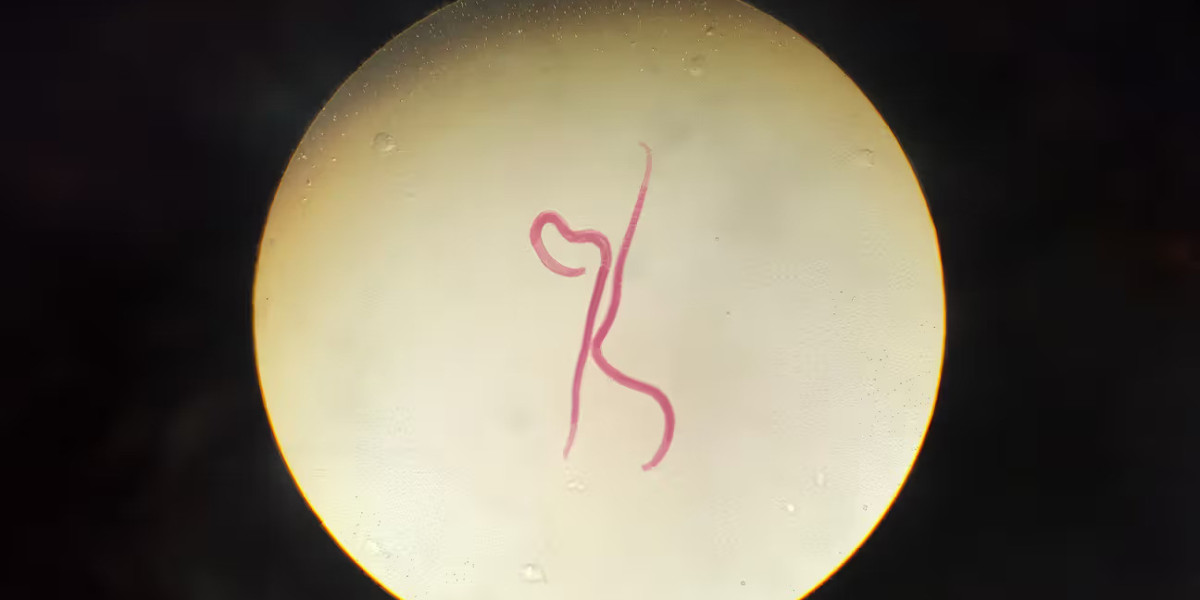Parasitic worm infections, also known as helminth infections, are a significant global health issue affecting millions, particularly in low- and middle-income countries. These infections are caused by various species of parasitic worms, including roundworms, hookworms, and flatworms like schistosomes.
The global burden of these infections is immense, contributing to malnutrition, impaired cognitive development, and chronic illnesses, particularly in children. Among the treatment options available, nitazoxanide 500mg has emerged as an effective therapy for several parasitic infections.
Global Burden of Parasitic Worm Infections
The epidemiology of parasitic worm infections reveals a staggering impact on global health, particularly in sub-Saharan Africa, Southeast Asia, and Latin America. Soil-transmitted helminths (STH) such as Ascaris lumbricoides (roundworm), Trichuris trichiura (whipworm), and Ancylostoma duodenale (hookworm) are among the most prevalent. Schistosomiasis, caused by blood flukes, is another major parasitic disease, affecting over 200 million people globally.
The global burden of disease (GBD) associated with these infections is substantial. The World Health Organization (WHO) estimates that more than 1.5 billion people are infected with STH, with children being the most affected. These infections lead to a range of health problems, including anemia, growth retardation, and impaired cognitive function, which in turn have significant economic consequences. Schistosomiasis, on the other hand, is associated with chronic illness, including liver and kidney damage, which can lead to long-term disability.
Clinical Manifestations
Parasitic worm infections often manifest with a variety of symptoms depending on the type and severity of the infection. Common symptoms include abdominal pain, diarrhea, fatigue, and weight loss. In more severe cases, infections can lead to organ damage, particularly in schistosomiasis, where the liver and bladder are commonly affected. Children, who are the most vulnerable, may experience stunted growth and developmental delays.
High-risk populations include those living in areas with poor sanitation, limited access to clean water, and inadequate health care. In these regions, repeated and heavy infections are common, leading to cumulative health effects over time. Pregnant women are also at increased risk, with infections contributing to adverse pregnancy outcomes such as low birth weight and preterm birth.
Treatment and Management
The management of parasitic worm infections has traditionally relied on mass drug administration (MDA) programs, particularly in endemic regions. Anthelmintic drugs such as albendazole and mebendazole have been widely used in these programs to reduce the prevalence of STH and schistosomiasis. However, the emergence of drug resistance and the limited efficacy of these drugs against all stages of the parasites' life cycle has led to the exploration of alternative treatments.
The nitazoxanide 500mg has gained attention as a broad-spectrum antiparasitic agent with efficacy against several types of helminths. Originally developed as an antiprotozoal drug, nitazoxanide has shown promise in treating infections caused by Giardia lamblia and Cryptosporidium parvum. Its mechanism of action involves interference with the pyruvate: ferredoxin oxidoreductase (PFOR) enzyme-dependent electron transfer, essential for the anaerobic metabolism of parasites.
Nitazoxanide 500mg is administered orally, with a typical course lasting three days. Clinical studies have demonstrated its effectiveness against a range of intestinal parasites, including helminths. It has the advantage of being well-tolerated, with a low incidence of adverse effects, making it a viable option for treating parasitic infections, especially in areas with high rates of drug resistance.
Challenges in Eradication and Control
Despite the availability of effective treatments like nitazoxanide, eradicating parasitic worm infections remains a significant challenge. Factors contributing to the persistence of these infections include inadequate sanitation, lack of access to clean water, and poor health infrastructure. Additionally, the cyclical nature of reinfection, particularly in endemic areas, complicates control efforts.
Access to treatment is another major barrier. In many low-income regions, the cost and availability of medications like nitazoxanide are prohibitive, limiting their use in MDA programs. Furthermore, health systems in these areas often lack the capacity to diagnose and manage infections effectively, leading to under-treatment and the continued spread of disease.
Conclusion
The global burden of parasitic worm infections is a critical public health issue that demands continued attention and resources. These infections not only affect the health and well-being of individuals but also have far-reaching economic and social implications, particularly in the developing world. Nitazoxanide 500mg represents a promising treatment option, offering efficacy against a broad spectrum of parasites with a favorable safety profile.
However, addressing the global burden of these infections requires a multifaceted approach, including improved access to treatment, enhanced sanitation, and robust public health interventions. Only through global cooperation and sustained efforts can we hope to reduce the burden of parasitic worm infections and improve health outcomes for affected populations.



